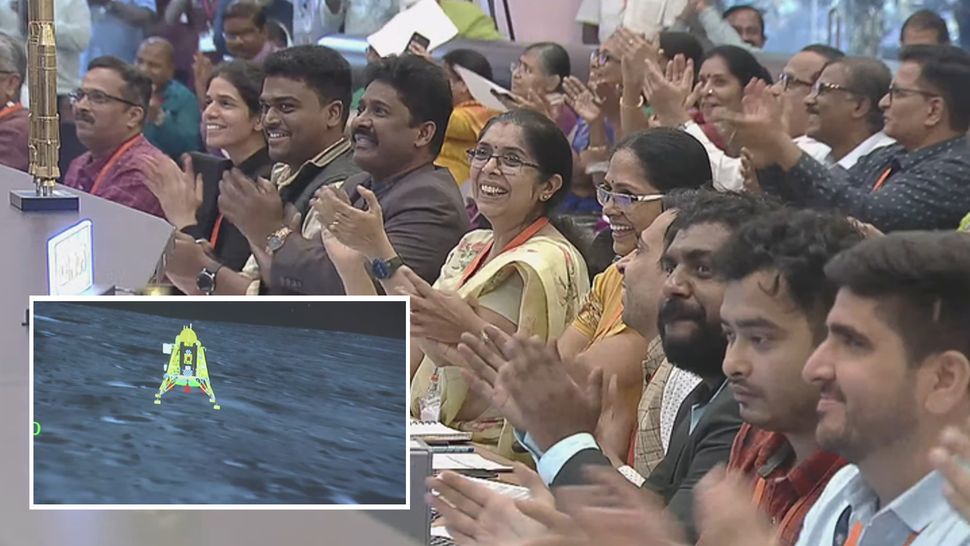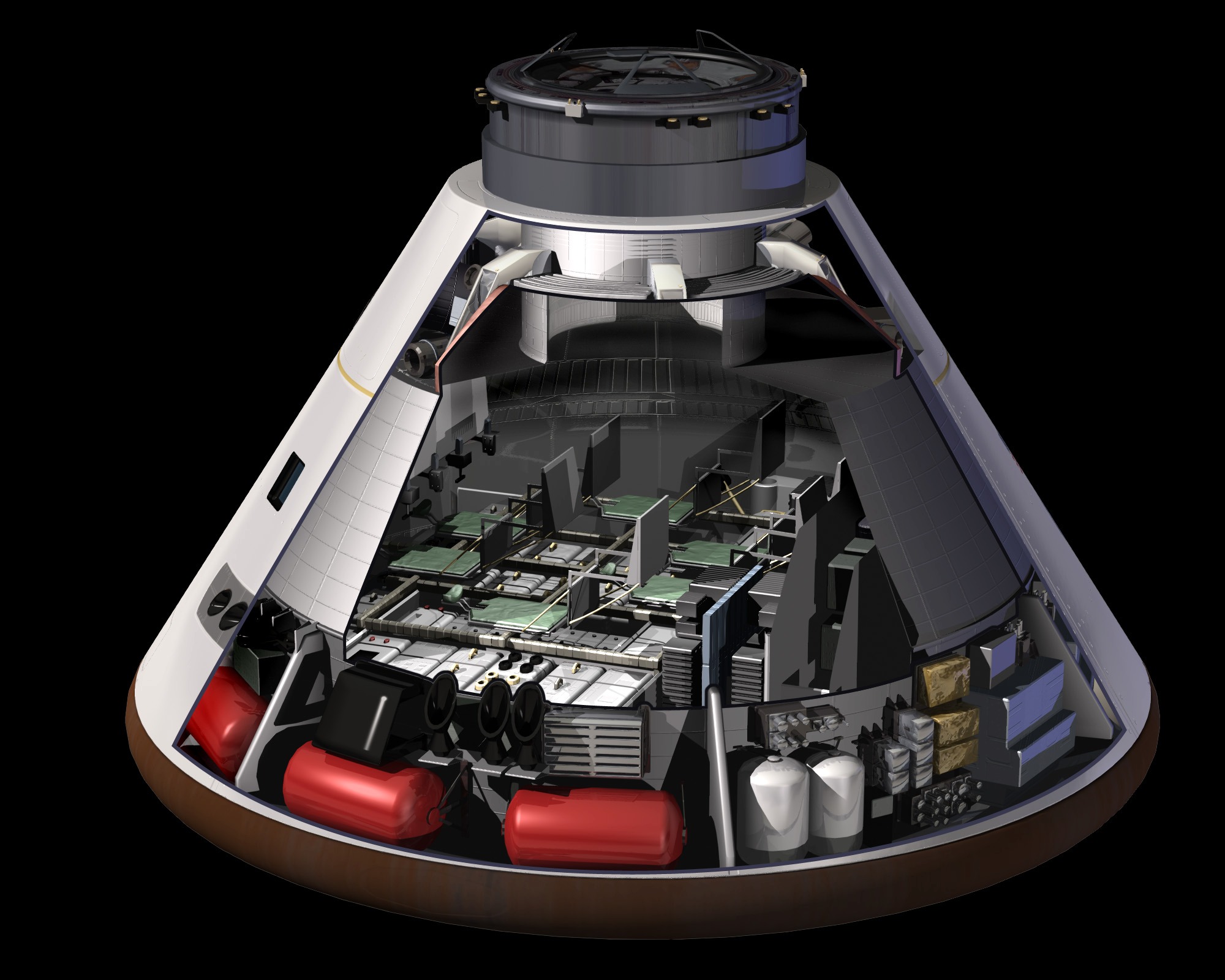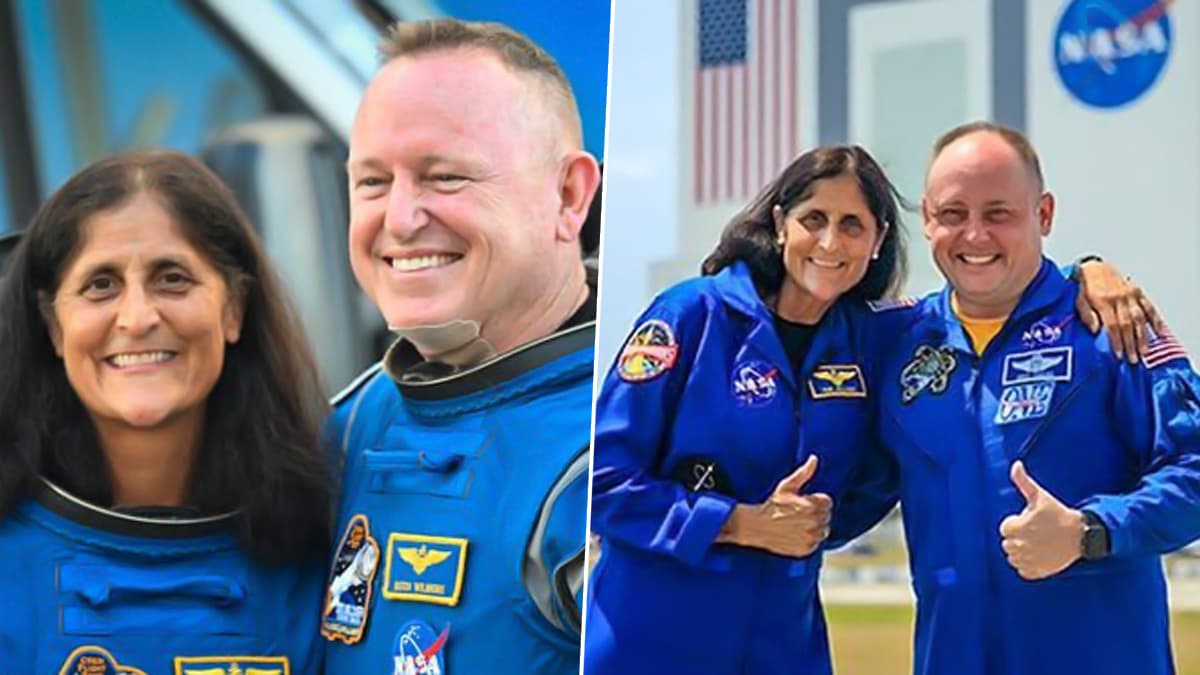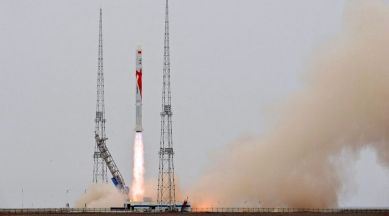The lander from India’s Chandrayaan-3 moon mission has touched down on the Moon at the planned time and date, 6:04 pm and August 23, respectively. India has become the first country to reach the Moon’s South Pole.
India becomes the 4th country in the world to make a soft landing on the moon after the former Soviet Union, the United States, and China on Wednesday at the scheduled time of 5:34am PT (6:04pm IST), more than a month after the spacecraft’s launch. It was also the first nation to land on the lunar south pole, which is still an unexplored region that is anticipated to help in the understanding of the moon’s atmosphere and open the way for future space exploration programs.
After the successful landing, ISRO chairman S. Somanath addressed the audience and said, “Chandrayaan-3 is a result of the work done by thousands of scientists, engineers, our staff and industries and support teams across ISRO and other places, other institutions.” PM Modi expressed his gratitude and pride.
Chandrayaan-3's triumph mirrors the aspirations and capabilities of 140 crore Indians.
To new horizons and beyond!
Proud moment for 🇮🇳. https://t.co/4oi6w7TCGG
— Narendra Modi (@narendramodi) August 23, 2023
Pragyan, which means “wisdom” in Sanskrit, is a solar-powered rover that will soon separate from Chandrayaan-3’s Vikram (“valor”) lander. Before its batteries run out after sunset, the robotic crew will spend one lunar day (around 14 Earth days) exploring its new home. Their objective is to gather scientific data about the moon’s composition.
Anil Bhardwaj, head of the Physical Research Laboratory (PRL) in India, which constructed some of the sensors onboard Chandrayaan-3, told Space.com prior to the landing that “the whole country is excited about this mission.” “We all hope that we will be successful in… bringing out new science from this mission.”
India’s Chandrayaan-3 mission was its second attempt to touch down near to the moon’s south pole, a mainly unexplored area that is of great interest to both scientists and proponents of space travel. Large volumes of water ice are believed to be present in the south polar region; if reachable, they may be mined to provide life support and rocket fuel for upcoming crewed missions. The Chandrayaan-2 lander crashed into the moon in September 2019 during the nation’s first attempt at a lunar touchdown due to a technical glitch.
The domestic Chandrayaan-3 spacecraft launched on July 14 atop an LVM3 rocket from a spaceport in Sriharikota, on India’s east coast, after nearly four years and numerous design and software updates. Earlier this month, the spacecraft made an elliptical orbit around the moon.
Also read : 2027 Will See the Opening of the First Space Hotel
The Vikram-Pragyan duo separated from the mission’s propulsion module on Thursday (August 17), which will observe Earth from its orbit around the moon. After being separated, the lander and rover braked successfully on Friday, August 18, and then again on Sunday, August 20, to get closer to the moon’s surface.
On August 21 and 22, while still in lunar orbit, both devices made contact with Chandrayaan-2’s orbiter, which has been circling the moon since 2019 and will be the crucial conduit for Chandrayaan-3’s connection with Earth.
Mission control at ISRO’s headquarters in Bengaluru gave the lander the order to start its descend to the lunar surface, activating its completely automatic landing system, as the sun rose today on the planned landing spot, which could be seen from Earth on one edge of the moon.
A bigger target landing zone, stronger legs for Vikram to cope with faster landing speeds, and dynamic engines that changed the spacecraft’s velocity for a gentler impact are additional modifications that helped the mission succeed. According to Bhardwaj, the moon images that Chandrayaan-2’s orbiter has been returning to Earth since 2019 have also provided a clearer depiction of the landing site than what was previously known. In this [landing] area, there isn’t much of a barrier, he declared.
Pragyan is anticipated to roll onto the lunar surface and begin examining the lunar rocks and soil as soon as Vikram has made himself comfortable on the moon.
Pragyan’s wheels feature the Ashoka Chakra, a religious image of a wheel with 24 spokes that appears on the Indian flag, and the ISRO emblem, much like the unlucky rover on Chandrayaan-2. Therefore, ISRO anticipates that both symbols will be inked onto the moon’s surface when Pragyan trudges along there, where they will stay unaltered for ages.
Live coverage of the historic landing was provided by ISRO and transmitted by Doordarshan, an Indian public broadcaster.
India is aiming to boost its market share in the global launch market by five times during the next ten years and is working on opening up its space sector to foreign investment under Prime Minister Narendra Modi.
India’s space sector is currently estimated to be about $8 billion and has been expanding at a rate of roughly 4% per year, as opposed to 2% globally, in recent years.
A successful Chandrayaan-3 mission may help India attain the aim much sooner as additional nations are anticipated to approach India for the launch of their satellites, according to analysts. India’s space economy is predicted to reach $40 billion by 2040.




